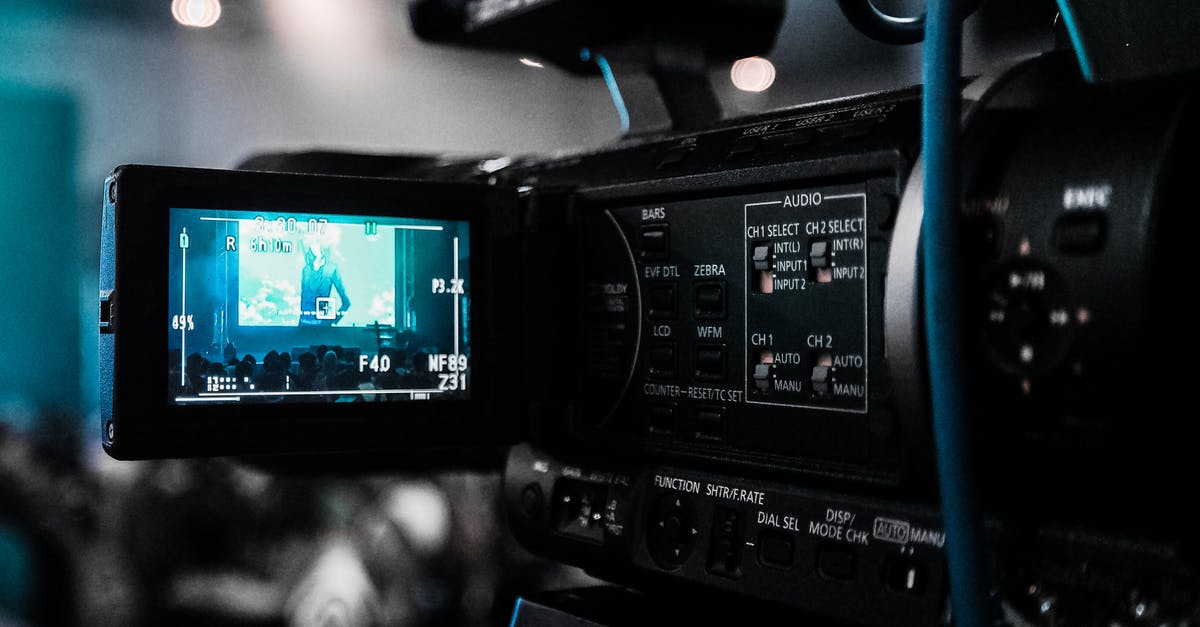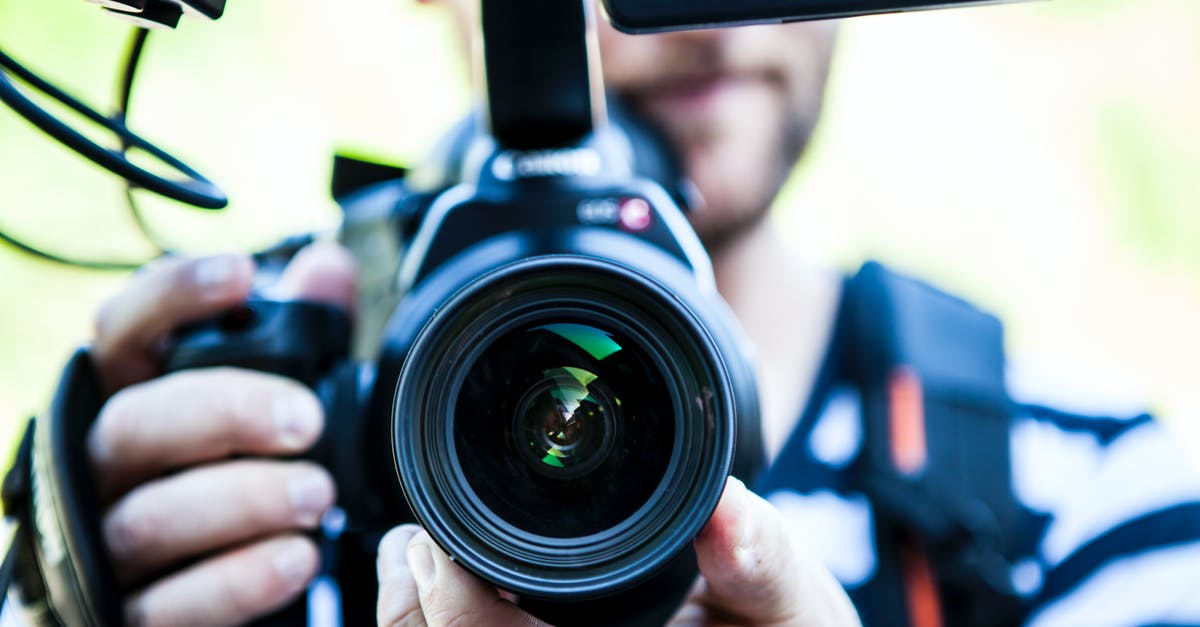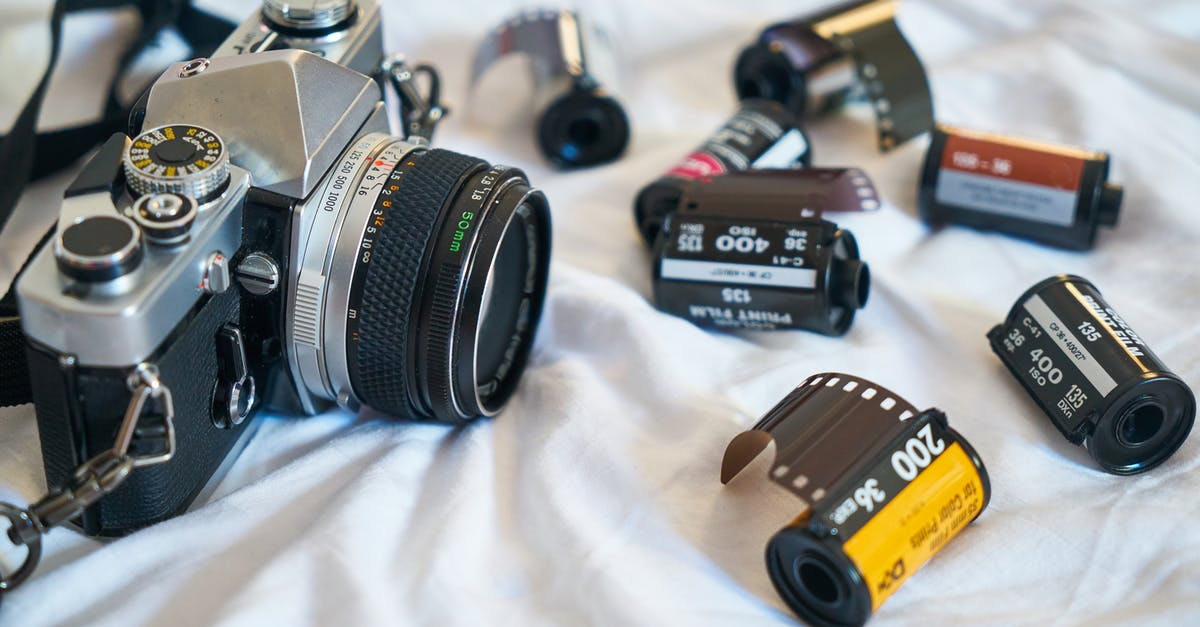What technology did each Pixar movie introduce?

I recall reading years ago that each Pixar film included some new technology or capability to their internal rendering software that they they'd developed as part of making that film. Monsters Inc. for example introduced fur. This article makes mention of this tradition as well:
Pixar’s subsequent films act like a timeline of technological developments in computer graphics. Building on the work of other researchers, 2001’s Monsters, Inc. introduced the on-screen representation of fur. Two years later, Finding Nemo pioneered new techniques in digital lighting, which were used to create realistic-looking water. The Incredibles and Ratatouille brought with them believable human characters, and advances in the simulation of crowds and fluids.
My question is, what technological development did each Pixar film introduce?
Best Answer
Here you can find all technical memo's and publications of Pixar. Most of them can be directly related to the movie they are developed for, or used in by the images provided. Note that many of their publications are published in SIGGRAPH, which is one of the worlds biggest conferences/journals on Computer Graphics/animations. So they do new and innovative stuff all the time, though some of their novelties are not made for a specific movie directly. It seems they have people working on their rendering and simulation tools in general, while others try to achieve certain effects required for a specific movie.
I think that for their first movies they didn't publish as much since they still needed a solid ground in the movie business. Furthermore, it takes time to be able to develop new stuff. Also they improve on their techniques every movie (see for example the rendering of hair). So this list is unfortunately incomplete, but gives a nice overview of the published novelties per movie.
General:
- Rendering tooling - RenderMan
- Lighting - Ray differentials and Complex illumination
- Fluid - Efficient simulation of large bodies of fluid
- Soft body animation - Key Point Subspace Acceleration and Soft Caching
- Deformable bodies - Volume conserving FEM on deformable models
Movie techniques:
- Chess game (short movie) - Subdivision Surfaces in Character Animation
- Monster Inc - Untangling Cloth
- The incredibles - Simulation and Rendering of Hair
- Cars - Lighting engine, Acceleration for Animated Global Illumination, Interactive depth of field and Ray tracing
- Ratatouille - Crowd animation, articulating appeal, Acting with contact in animation, Food animation, Surface from particles rendering, Simplification of Aggregate Detail, Soft reflections, simulating white water rapids, Hair/fur rendering, cloth simulation and Harmonic coordinates
- Monsters University - Better global lighting and Physics based lighting
- Brave - Curly hair and Large scale geometric visibility
- Multiple movies (Toy Story 3, UP!, Pirates of the Caribean) Point based global illumination
List without papers, but notable used techniques:
- Toy story: First big feature animation movie, new re-rendering techniques
- Toy story 2: Acting and behavior of animations
- A bugs life: Fluid animation
- Monster's Inc: Fur
- Finding Nemo: Underwater rendering, sea surface
- Ratatouille: Cutting food and wet fur
Pictures about "What technology did each Pixar movie introduce?"



What technology does Pixar use?
RenderMan is Pixar's Academy Award\xae-winning rendering technology, excelling at producing stunning imagery for VFX and feature film animation. RenderMan is constantly evolving to meet new creative and technical challenges and to take advantage of the latest advances in computer technology.What technologies are used to produce animated Pixar movies?
Disney and Pixar's Top 5 Most Innovative Animation Technologies, Explained- The Multiplane Camera. Image Via DIsney. ...
- Xerography. Image Via Disney. ...
- CAPS. Image Via Disney. ...
- Deep Canvas. ...
- RenderMan.
What technique did Pixar invent?
So in "A Bug's Life," Pixar's artists applied a modeling technique they used on their Oscar-winning short "Geri's Game." This was called the subdivision technique, which one of Pixar's founders helped invent. It's when a modeling artist subdivides a hard-edged shape enough times that it appears as a smooth surface.What does each Pixar movie teach us?
10 Life Lessons We Learned From Pixar Movies- Don't Believe Everything You Hear (Monsters, Inc.) ...
- Another Adventure Is Just Around The Corner! ...
- Family Is Important (Brave) ...
- Change Is Inevitable (Toy Story) ...
- The Glory Days Are Overrated (The Incredibles) ...
- Letting Go Is A Part Of Growing Up (Finding Nemo)
How Pixar Changed 3D Animation With Every Movie (Part 1, 'Toy Story' to 'Cars 2') | Movies Insider
More answers regarding what technology did each Pixar movie introduce?
Answer 2
Pixar’s subsequent films act like a timeline of technological developments in computer graphics. Building on the work of other researchers, 2001’s Monsters, Inc. introduced the on-screen representation of fur. Two years later, Finding Nemo pioneered new techniques in digital lighting, which were used to create realistic-looking water. The Incredibles and Ratatouille brought with them believable human characters, and advances in the simulation of crowds and fluids.
Not one of those statements is correct, if given as an industry wide example of developments of computer graphics.
These statements might be correct, if referring to Pixar's own usage of those technologies. Monster's Inc was the first time Pixar used Fur extensively for one of it's own feature films, but fur in computer graphics had been in use for many years by this point. I would credit them this achievement as being the largest usage of fur in a feature film to that date.
While I agree that Pixar set many milestones for standards in the level of quality in computer graphics. They were not the only studio setting new standards.
ILM set the standard for computer graphics and lighting in the 1993 Jurassic Park.
Disney set the tone for most realistic computer generated animal in the 2000 film Dinosaur.
A year later Square Pictures (R.I.P) released the 2001 film Final Fantasy: The Spirits Within, which to this date still exceeds anything in visual production value that Pixar has ever done. Including the claim for believable human characters.
That same year in 2001 the film The Lord of the Rings: The Fellowship of the Ring demonstrated the most realistic human generated character (Gollum).
This isn't a list of the best, but just a list of the many other films and studios that have far out done Pixar in the area of computer graphics. Pixar at best has the best quality of children's films, but their continued focus on soft lighting and uniformly playful characters limits how far they can push technology. It's difficult to make Woody compare to Gollum, because Woody is a toy and the most photo-realistic toy just doesn't impress visually.
Sources: Stack Exchange - This article follows the attribution requirements of Stack Exchange and is licensed under CC BY-SA 3.0.
Images: Donald Tong, Terje Sollie, Pixabay, CoWomen
